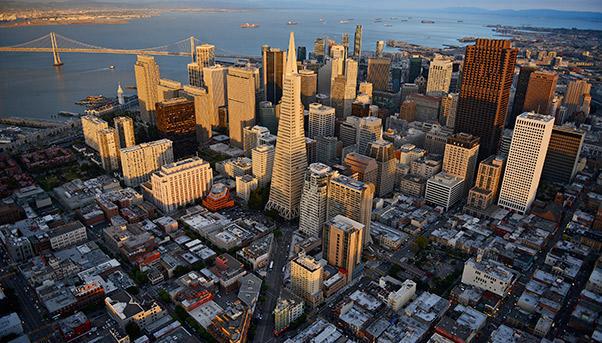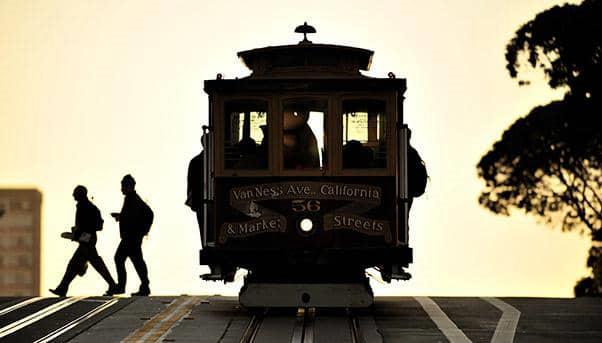
For those who live in a big city or even a metropolis, a sign that reads “Men at Work” is likely to incite agitation if not irritation. Residents will be expected to put up with the inevitable noise that comes with a construction site and, in some cases, change their commute. These impositions can cause not only irritation but also provoke strong resistance from the community affected. This should not come as a surprise: it is difficult to understand the usefulness of something that does not exist despite the inconveniences that its construction produces. That is why dialogue and transparency in the decision-making process as well as at the various phases of the construction of a project are fundamental to its successful completion.
Earning the support of those who have to tolerate the inconveniences caused by the construction of a public work is indeed crucial because it can have an effect on the ability to respect contractual deadlines. One exemplary case in the management of community relations is the extension of a subway line in San Francisco.
We are used to imagining San Francisco as a city colonized by extraterrestrial intelligence and entrepreneurial talent. This is easily understood.
It is here where the myth of Silicon Valley, the Internet as well as the nerd culture were born and legitimised by influencial figures like Steve Jobs, Larry Page and Mark Zuckerberg. But San Francisco is more than just smartphones, search engines, social media and virtual reality. Even in the fields of sustainable urban mobility and the construction of “heavy” infrastructure, San Francisco has shown itself to be deserving of its fame.
In March 2012, the city oversaw the beginning of the construction of two parallel tunnels for the Central Subway Project to extend the T Third Line from the 4th Street Caltrain Station to Chinatown. The estimated time of completion was three years, which was duly respected.
If the aim of a public work is to improve the quality of life of a city’s residents, according to the reasoning in these parts, it must also be followed during its construction – and this aim was achieved on all fronts notwithstanding the difficulties encountered during the construction of the work through the centre of San Francisco.
“It was essential to respect our pact with the public. We had promised to deliver the work on time and on budget and the completion of this part of the project is another essential step in showing that we deliver as promised,” Ed Reiskin, director of transportation for the San Francisco Municipal Transportation Agency (SFMTA), said at the time of the work’s completion. This satisfaction was reinforced by two important acknowledgements: the Award of Merit 2015 from Engineering-News Record, an industry publication, and the Outstanding Transportation Project award given by the local section of the American Society of Civil Engineers (ASCE). #gallery:650#
The plan for this part of the project was to drill two parallel 2.6-kilometre tunnels for the passage of subway trains, as well as four stations at a cost of $1.6 billion. Of that total, $241 million was awarded to the Italian group Salini Impregilo, its U.S. unit S.A. Healy and partner Barnard C.C.I. Salini Impregilo did the two tunnels, the preliminary work for the future stations, the entry ramp and the extraction well for the tunnel-boring machine (TBM).
Apart from the technical difficulties in drilling two tunnels across the centre of a city like San Francisco, another challenge was conducting in a transparent way a dialogue with local residents and taking into consideration the various interests in the area. For example, the contract stipulated the need to hire local people and assign at least 6% of the work to companies that were either categorized as small or whose businesses would be disrupted by the construction. But these guarantees were not enough.
“The city of San Francisco is very sensitive to protecting the rights of every minority and makes an effort to listen to the requests made by the affected parties, and it is structurally organized for that purpose,” says Michele Gorasso, a Salini Impregilo manager in the United States. “So the construction of the new line was done in a consistently transparent way with an open dialogue with all the parties concerned and that helped us avoid protests or problems that would have held up the work.”
The implied satisfaction in the comment made by Ed Reiskin stemmed from the ability shown in adapting to the concerns of neighborhood committees, which intervened on a number of occasions to call for changes to the lay-out or execution of the work. For example, the committee for North Beach got the place for a TBM’s extraction well moved. In the original plan, the well was to come out at Columbus Avenue, a public street. Its construction would have obviously restricted traffic and hurt local business. So the community managed to get it moved to a private lot that the contractor then bought, eliminating any inconvenience to the local residents.

San Francisco
The San Francisco Municipal Transport Agency opened a channel of communication with the city, keeping its residents up to date on the progress of the works. With weekly updates on a blog, it published the work planned for the coming days, showed photos of parts of the project near completion. This showed how transparency was one way of maintaining a dialogue with the area. San Francisco was able to produce excellent results as it went ahead with the work, respecting the quality level, deadline and budget of the project. It also reduced the level of inconvenience suffered by residents.
This attention to the social dimension of a public work was on display at the time of the baptism of the two TBMs assigned the task of drilling the tunnels. In its search for a name to give each machine, SFMTA conducted an online poll to get the community involved. The first TBM that began work in July 2013 was named Mom Chung. It referred to Margaret Chung who lived between 1889 and 1959.
She was the first female doctor of Chinese descent to practice in the country. She opened her clinic in the early 1920s in Chinatown of San Francisco. The “Mom” nickname came from the patriotic activities carried out in the 1930s and 1940s for China and the United States. The second TBM was dedicated to Big Alma, the nickname of Alma de Bretteville Spreckels because of her height of 1.8 metres, considered tall for the period. She dedicated her life to art and philanthropy with big investments in public works.

